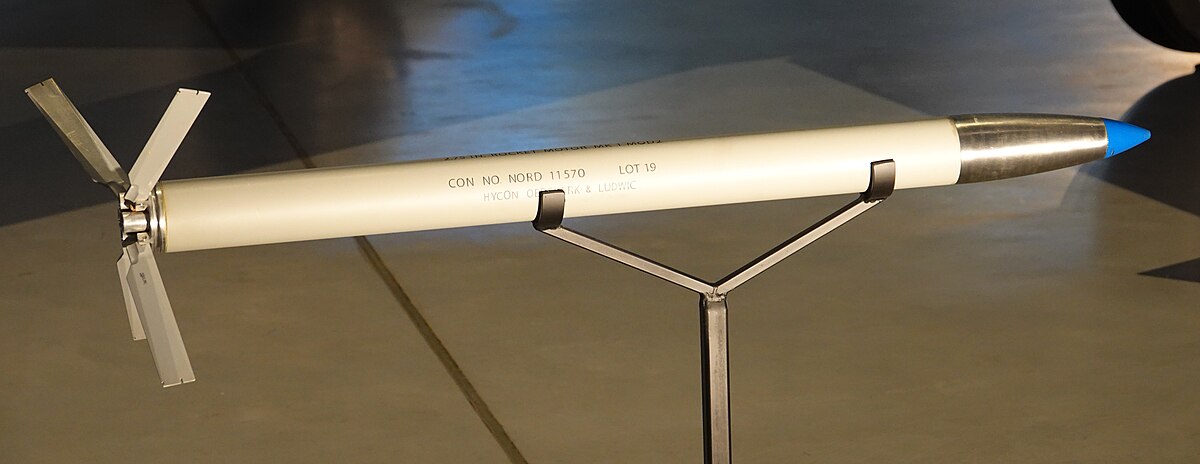KJ_Lesnick
ACCESS: Top Secret
- Joined
- 13 February 2008
- Messages
- 1,042
- Reaction score
- 114
What was the accuracy of the mighty-mouse rocket in mils? I've seen figures of 20 mils and others at 7.5
Probably apocryphal but I remember reading about an F-89 hosing off a full load of 104 Mighty Mouse rockets with a single errant rocket splitting off from the pack being the only one that scored a hit.It hit the ground 9 out of 10 times.
I'd always seen it as, "Folding Fin Aerial Rocket".2.75 FFAR (Free Firing AREA rocket). They work okay with forward airspeed. The reason why attack helicopters are able to get decent effects is they use diving fire and usually shoot them under 1000 meters. In the old tyme days when we lobbed them from 2000+ meters from a hover it was mostly to try and get targets (tanks) to button up so they could not use their heavy machine guns. We were happy that they stayed (mostly) in the range complex at gunnery training.

You are correct. Actually there are a number of names for them that include inappropriate words that start with "F".I'd always seen it as, "Folding Fin Aerial Rocket".2.75 FFAR (Free Firing AREA rocket). They work okay with forward airspeed. The reason why attack helicopters are able to get decent effects is they use diving fire and usually shoot them under 1000 meters. In the old tyme days when we lobbed them from 2000+ meters from a hover it was mostly to try and get targets (tanks) to button up so they could not use their heavy machine guns. We were happy that they stayed (mostly) in the range complex at gunnery training.

Folding-Fin Aerial Rocket - Wikipedia
en.wikipedia.org
Well, if you want to read an account of an actual shootdown--or attempted shootdown there's always the Battle of Palmdale on August 15th 1956 to consider...
Depending on the era of the narration, this might not be in error: stuff from the 1950s often talks about guided missiles, since a rocket, gun projectile, or hand grenade is also technically a missile. At some point, the 'guided' part became assumed, and anything unguided became not-a-missile.What bugged me about that video is how the narrator kept referring to the Mighty Mouse rockets as "Missiles" which they weren't being unguided projectiles
